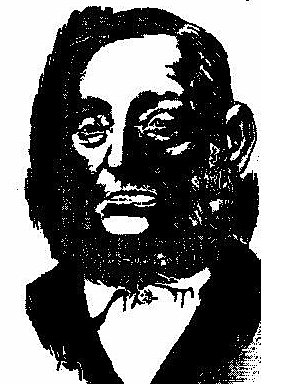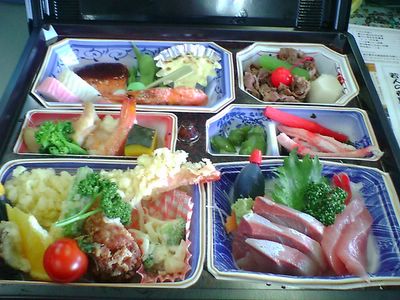These are exciting times for Packwoods everywhere. The lovely chap from Packwood Spirits and Mementoes got back to me with a quote for sending a Packwood T-shirt to Japan - it's all ready to go, I just have to work out how to get the money to him. I shall wear it with pride.
Then my Dad emailed me with a bit of research he'd done himself on the Packwood clan - it seems the name originated in Warwick, England, and in fact there's a stately home called Packwood House in the same area. I am DEFINITELY going there when I get back home, it's not often you find a house that's named after you, never mind one that boasts "notable topiary" and a "17th-century Yew Garden". It's also got a gift shop, so I'm hoping they'll sell Packwood pencils with rubber tips, and maybe even Packwood key rings. I could accessorise with my Packwood T-shirt (which I'll obviously be wearing on my visit).
Then Dad also put me onto a website that traces the Packwood geneology (it's amazing that all this stuff exists! God bless the internet!). That was pretty interesting - there's only 648 Packwoods in the whole of the UK, so it's not that common a name. Then I saw there was a Packwood mailing list on that site, so I just had to join it. I sent out an email to all the other Packwoods to see if they knew anything about the town of Packwood in Washington...
After a couple of days I got a charming and very helpful email from someone who claimed the founder of Packwood as their third great-grandfather, and he put me on to a really interesting newspaper article about William Packwood, the explorer.
William's great-grandfather came to America in 1745 (though I'm not sure from where). William was born in Virginia in 1813, and his family moved west in the 1840s. He had a fascinating life: he joined the gold rush to California in 1849, then moved back to Washington and became a ferryman. Later he got involved in the construction of a road through the mountains, and that's what got him interested in exploring. Eventually he had several places named after him, including a coal field which he discovered. And, of course, the town of Packwood.
(By the way, thanks to Caitlin's mom for leaving a comment about Packwood the other day - don't worry, I won't be disappointed with Packwood. How could I be? I'm also eager to find out what a "skoal tin" is - should I get one too for my visit?)
FUN FACT: Packwood is the 55,087th most common name in the United States (see here). I'd love to find out what the 55,086th most common name is...
One last thing, it's been pointed out to me that my blog has now reached 30,000 hits, which is an absolutely obscenely high number. so now's a good a time as any to say THANK YOU to everyone for reading. It's been a pleasure.
PS. I'm off to watch the sumo in Osaka tomorrow, then I'll be on holiday until the 6th April, so there'll be no new posts until then. Au revoir!
 |
| Thanks to Colin, who found this spiffing topographical map of Packwood, Lewis County, overlooked by the majestic Mt. Rainier. |
 |
| Here's a picture of William Packwood the explorer, the namesake of Packwood, Lewis County. Check out those sideburns - we obviously have something in common. |
 |
| Packwood Lake - looks just like Fukui doesn't it? Without all the concrete landslide defences of course. |
 |
| The distribution of Packwoods around Great Britain. In 2002 there were only 648 adults with the surname Packwood, so we're quite a rare breed... |



































